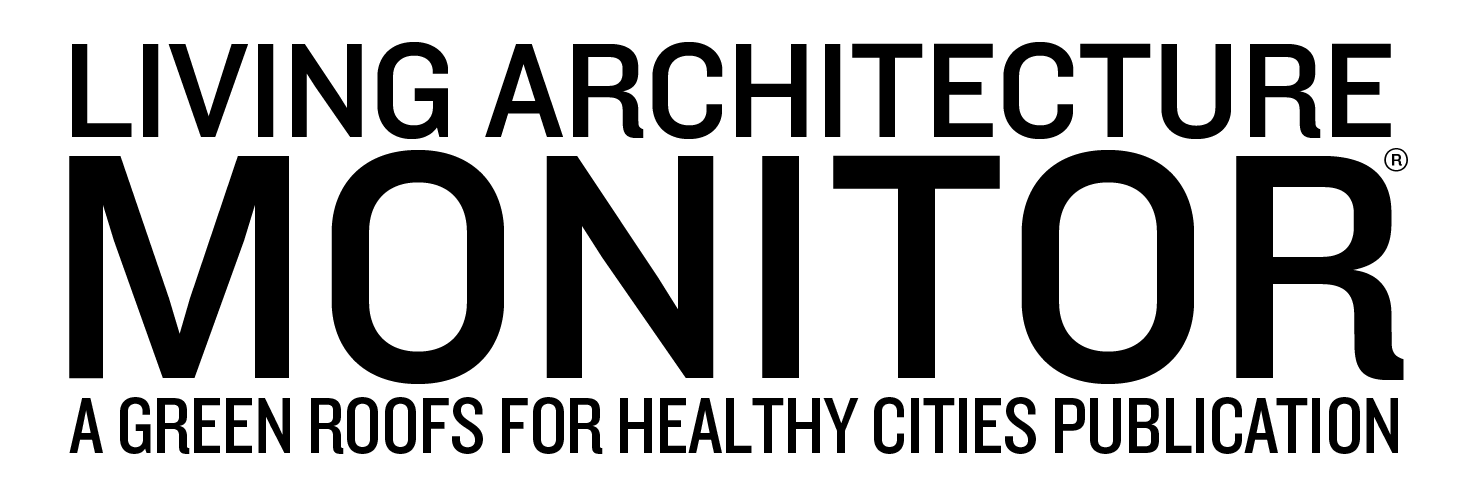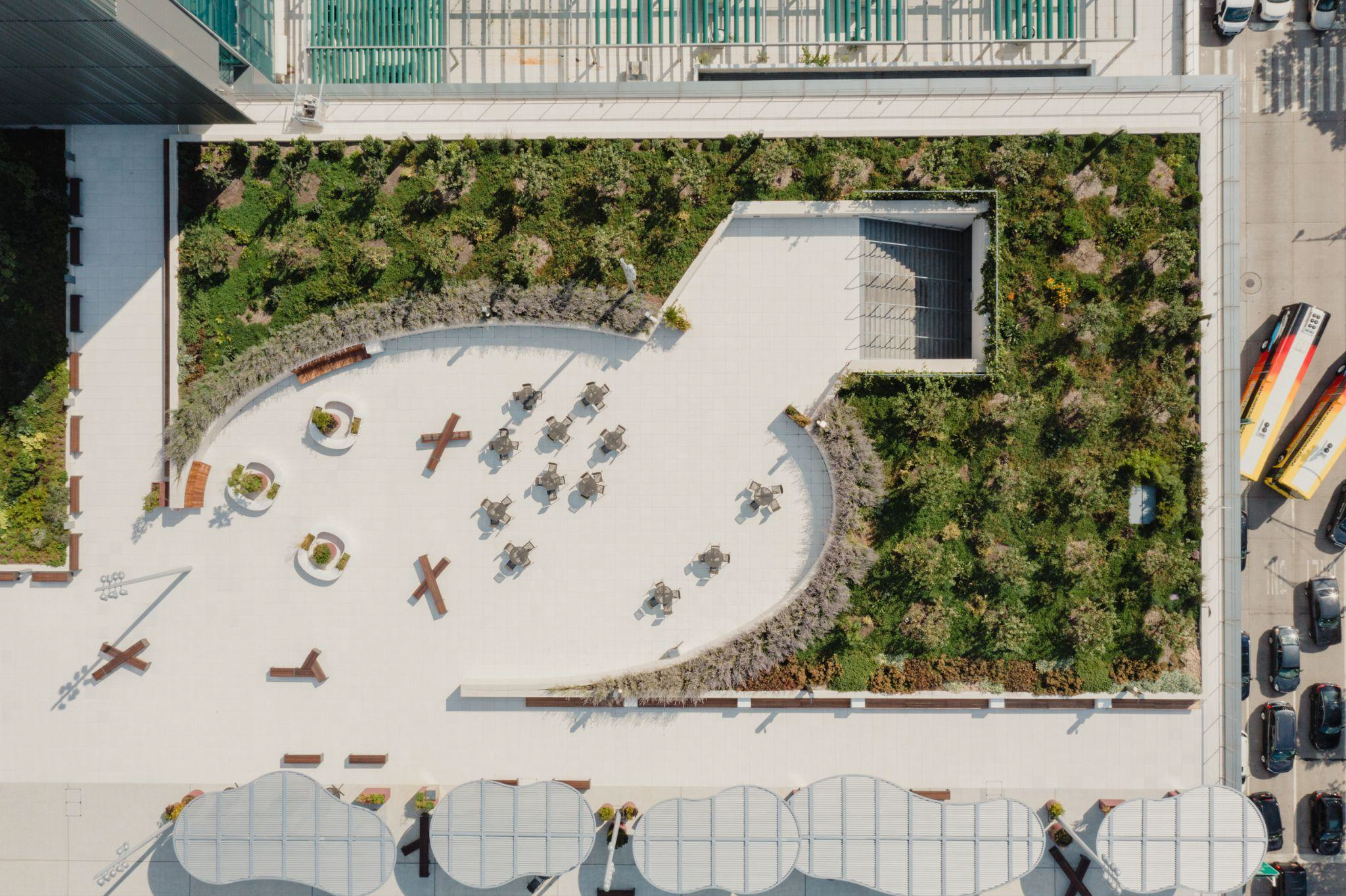A Farm Oasis in Cambridge: Adaptive Reuse Comes Home
Advertisement
Several raised beds over the garage, feature a fully accessible vegetable and perennial garden.
Award Winner: Recover Green Roofs
Project Location: Cambridge, MA
Project Team
Architect: Anthony Sanchez Architect
Cistern Design/Stormwater Capture: Earthwater Design
Design/Build: Recover Green Roofs
General Contractor: Justin Kelly Contracting
Rainwater Harvesting System Design: Resource Conservation Technology
Structural Engineer: Cowen Associates
Introduction
Tucked between multiple neighbors in Cambridge, Massachusetts, an inviting urban rooftop garden has dramatically transformed the visual aesthetic of the surrounding community. What was once an underutilized black rubber roof on top of a simple garage has been converted into a fully accessible vegetable and perennial garden featuring shade-adapted, native pollinator species that increase biodiversity such as Carex, Tiarella cordifolia, and columbine alongside the fruits and vegetables. To enhance accessibility, a catwalk was built to connect the property owner’s second-story kitchen directly to the green roof, making it easier to use the space and harvest the produce as well making a striking addition to the overall aesthetic, boosting curb appeal, and earning a spot on the Secret Gardens of Cambridge Tour. The homeowner extends that sense of community beyond their home, generously supporting local students by providing seedlings from the garden and offering educational opportunities for growing vegetables.
“What started as an inbound call turned into a dramatic transformation of the visual aesthetic for this Cambridge neighborhood. Once an underutilized black rubber roof on top of an old, unassuming garage, it has now been transformed into an inviting urban rooftop garden that engages the community. It’s a testament to the passion of one extraordinary homeowner who wanted to transform her space into something that gives back, not just to her but her neighborhood as well.”
Drawing of Henry Street retrofit. Photo: Recover Green Roofs
Advertisement
The 1,200 square foot roof features a combination of raised beds and perimeter planters for the planting palette and utilizes a growing media specifically designed for rooftop agriculture, blending a mix of organic compost, lightweight expanded mineral aggregate, natural washed sand, and other inert components. The fruits and vegetables are planted and tended by the homeowner, while the perimeter plantings which are shade-tolerant species to support the surrounding pollinators and ecosystem, are maintained by the Recover Green Roofs team.
To support and meet the water needs of the green roof, a rainwater harvesting system was designed and installed. A 1,700-gallon cistern beneath the garage collects stormwater from the non-planted areas of the roof. All of the water from the roof drains to the cistern and is pumped back up for watering the green roof, with backup irrigation available if needed, from the city. Overflow rainwater drains through a perforated pipe and into a rain garden area on the property. Any water not used for drip irrigation in the garden beds is directed to a rain garden on the property eliminating any overflow into the city sewer system.
This project incorporated Wolf Serenity Decking, chosen for its longevity and low maintenance, reducing the need for replacement and avoiding the use of tropical hardwoods. All contracted firms involved were local, minimizing unnecessary travel to and from the site. For this project, the team transformed a black EPDM roof into a combination of planted areas and low-albedo recycled composite decking, reducing the urban heat island effect.
The homeowner uses the green roof for continued education and research with students who live in the area or attend neighborhood schools. The award judges praised this project’s community engagement for its straightforward, accessible model, which presents opportunities for replicability in other residential neighborhoods, supporting food systems and biodiversity with a broader reach.




Advertisement






